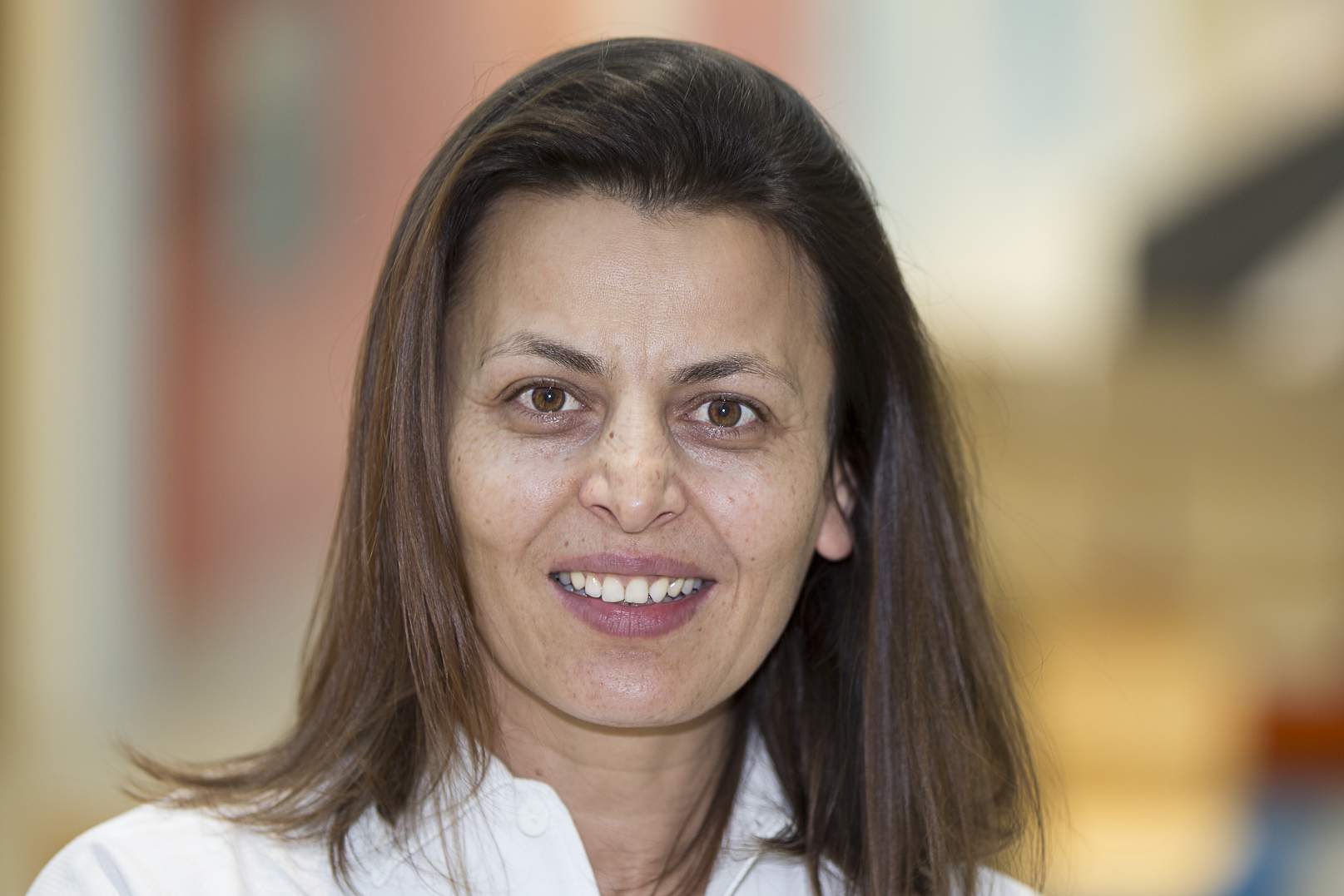In many fields of dentistry good visibility is an important criterion for correct diagnostic and the results of treatment. The use of a dental microscope by qualified dentists, in combination with modern treatment methods, brings you closer to your goal of having healthy and attractive teeth.

Microscopic Dentistry is the treatment of a tooth using a dental microscope. The use of a dental microscope has revolutionised the field of endodontics and has, over time, conquered all of dentistry. Treatment under a microscope therefore, does not just concern root canal treatments and root resections, but also aesthetic areas such as fillings, inlays, crowns and veneers. The promising results of the last few years and the high demands on quality and aesthetics have established the microscope as one of the most important instruments in dentistry. A magnification of up to 25x and the optimal lighting of the modern microscope has greatly extended the limits of visibility and therefore perfected the quality of dental work. The use of a dental microscope ensures a quality-oriented treatment based on maximum precision and hence the best possible aesthetic result.

Dr.in Gülümser Altinkaynak
Head of the Special Clinic for Microscopic Dentistry

Dr.in Katharina Giannis
Dep. Head of the Special Clinic for Microscopic Dentistry
Range of Services
The microscope has not just conquered and revolutionised medicine as a whole, but also dentistry in particular. Below we would like to present a few areas that the Special Clinic for Microscopic Dentistry deals with.
Diagnostics stands at the beginning of every treatment. This is the first time the microscope comes into play. The optimal lighting (xenon light) and the variable magnification enable detailed diagnostics and checks with even hard-to-reach surfaces, such as the contact point or dental fissures. The adaptable intensity of the light source and the perfect colour resolution allow a differentiation between a physiological discolouration and an incipient caries. Early-onset caries, which often remains undetected on X-rays, can thus be treated as soon as possible.
In addition, microscopes enable a detailed check of existing restorations such as fillings, inlays, veneers or crowns. Fissures or cracks in defective or old fillings and gap formations in the area of the preparation border of high-quality works (inlays, veneers, crowns) can thus be diagnosed and treated quickly.
In addition, microscopes enable the diagnosis of fine fissures or cracks in the tooth substance. If left untreated, these can often cause pain when chewing or even, depending on their extension along the tooth surface, cause tooth loss.
For dental fillings, visibility under a dental microscope is also very useful because it enables a precise high-quality treatment. The timely diagnosis of small caries areas and optimal lighting enable the tunnel preparation of the affected tooth surface and the protection of the surrounding healthy tooth substance. Through this precise and not very invasive treatment, very small fillings can be set, such as the sealing of dental fissures or the treatment of caries in the interdentium (contact point).
Especially for caries on the chewing surface or the anterior teeth, fillings can be moulded down to the smallest detail. The result is an aesthetic success and the chewing surface works again.
The work of our in-house dental lab should be indistinguishable from your own teeth. For aesthetic restorations with inlays, veneers or crowns it is important to use minimally invasive microscopic techniques.
The use of a microscope during the abrasion of the teeth ensures a precise work process for the creation of the perfect form for inlays, veneers or crowns. This creates ideal conditions for the manufacture of your restoration by our dental technicians.
Microscopes are an important instrument for the moulding and the check of the impression. The quality of the moulding is decisive for the way the restoration fits in the mouth: the more precise, the tighter the margin, the longer-lasting the restoration.
Microscopes also enable a level of precision for the insertion of inlays, veneers and crowns that is crucial for their durability.
The main area of application of the dental microscope remains the field of endodontics (root treatment). A microscope enables an optimal lighting and magnification of the inside of the tooth and the root canals, which are invisible to the human eye. This special insight into the inside of the tooth and the use of highly modern equipment and instruments makes an optimal treatment of the tooth possible. This way, very often, teeth can be conserved that would otherwise have to be extracted.
Making an Appointment
Head: Dr.in Gülümser Altinkaynak
Deputy Head: Dr.in Katharina Giannis
Mon - Fri: 8 am - 3 pm
Mon - Fri: 8 am - 2 pm
Sat, Sun, Public Holiday: 8 am - 12 pm
